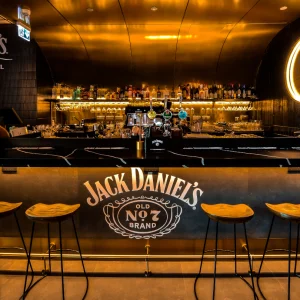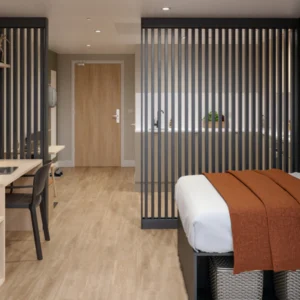German design consultancy Studio 7.5 describe themselves (and designers in general) as ‘part anthropologists’, and it’s probably fair to call them perfectionists too: after designing the hugely successful Mirra task chair for US furniture giant Herman Miller nine years ago, the Berlin-based team quickly began thinking about how they could improve upon it.

In 2008 they approached Herman Miller with with a proposal for a new version of Mirra, and this September saw the UK launch of Mirra 2, which Herman Miller describes as a ‘leaner, lighter, more responsive chair which moves as one with the sitter and dynamically supports a person’s slightest movements’.
.jpg)
The two chairs look similar, but the greatest differences are in the fine details: where the original Mirra had a back made of polymer plastic, Mirra 2 has a ‘Butterfly Back’, the result of a new method of merging a fabric layer with leaf-like polymer veins, which allow to user greater supported movement.

The new chair also uses 28 per cent less material, meaning it’s lighter to move around and takes less energy to ship.
The inspiration for stripping the chair down to its essentials, while also making it more comfortable and supportive, came from sports equipment, according to the designers.
‘We wanted to get it out of the furniture domain and into the equipment domain so that people feel encouraged to use it and to feel in control,’ says Carola Zwick of Studio 7.5.
.jpg)
Carola Zwick at work in the Sudio 7.5 studio
‘When it comes to the task chair the designer is always between a rock and a hard place,’ says Roland Zwick, also of Studio 7.5.’You want to design a beautiful chair but then there’s this Damocles sword of orthopaedics and ergonomics that you have hanging over you. So in the end we wanted to get rid of the formality and on the other hand offer as much instant comfort as possible.’
‘In the world of sports equipment we actually found that missing link, that idea of high-tech cosiness; those two ideas never really meet except in the design of sneakers.’
The designers describe working with Herman Miller as being like ‘standing on the shoulders of giants’. ‘You have to be respectful of that,’ says Zwick. But having proved themselves with the original Mirra (the products has sold more than 1.5m units to date) the designers felt confident enough to really push the envelope when it came to designing Mirra 2.
Our approach has been something we call casual ergonomics,’ says Zwick. ‘It’s ridiculous in this age of tablets and laptops that you can still teach people how to sit because nowadays people work anywhere. In this way it’s very comparable to an athletics shoe, which you would wear at home but also wear when you have to walk or run.’





